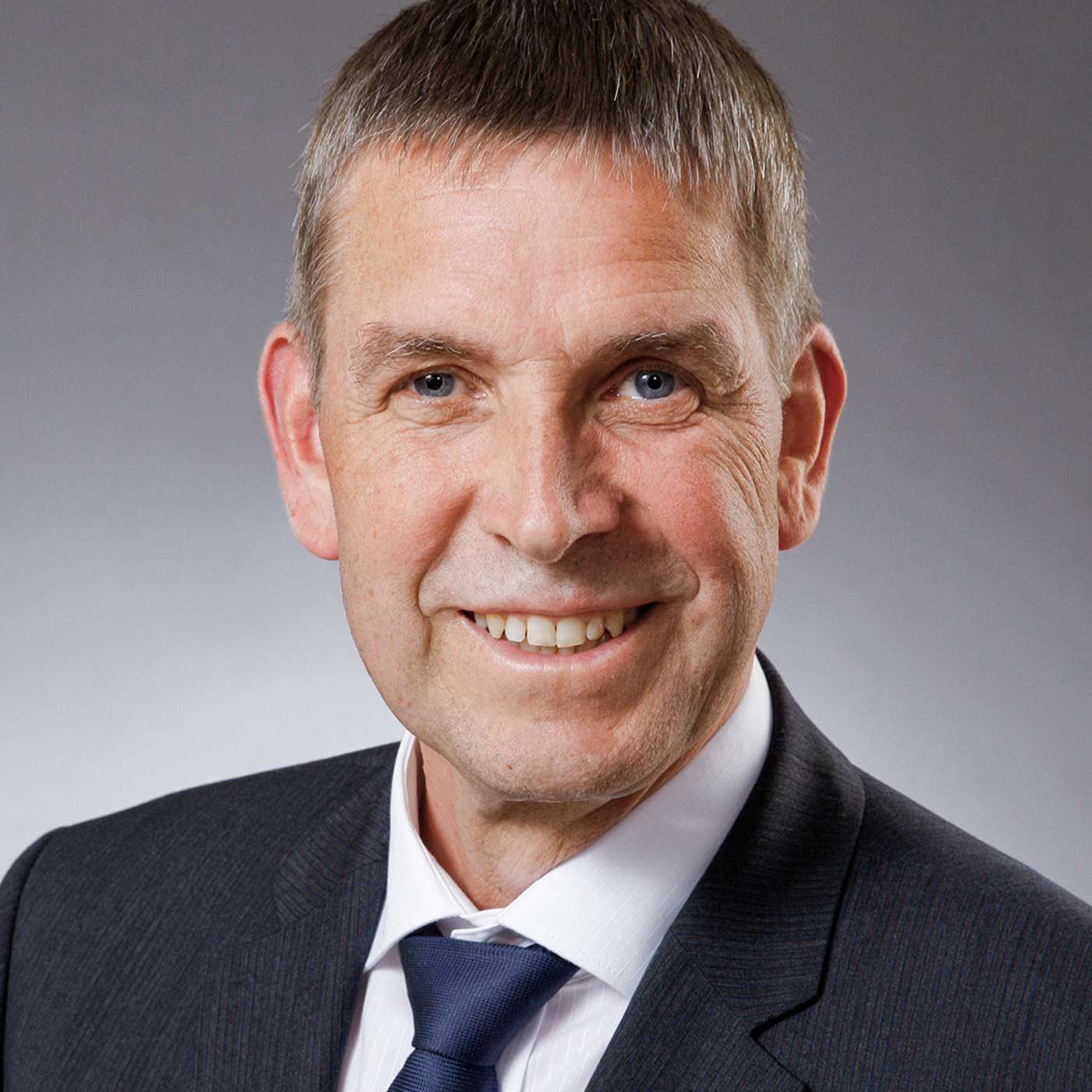Hermes Germany’s self-imposed goal is to develop into a data-driven company. The internationally successful logistics company aims to leverage extensive value creation potential: The digitalization strategy will be used to develop solutions based on a digital image of the entire supply chain in order to bring about data-driven improvements. This process means that changes can be calculated, measured and sustained at any time. Such a high degree of digitization cannot be achieved without the use of business intelligence (BI). The necessary basis for successfully shaping this change is a specially tailored BI platform. As an implementation partner, Hermes Germany relies on the proven expertise of PTA IT-Beratung in Hamburg.
PTA / Success Stories / Hermes
Hermes transforms itself into a data-driven company
Realizing a strategy together

Company portrait
Hermes Germany GmbH is one of the most successful logistics companies in Germany and Europe. Since it was founded in 1972, the Hamburg-based consumer logistics company has developed into Germany’s largest independent postal delivery service for private customers in the B2C and C2C sectors. Today, Hermes has more than 1.5 million customer contacts – every day. With around 16,000 Hermes ParcelShops in Germany, the company has the largest nationwide network of acceptance points for private parcel deliveries in Europe, which can also be used by mail order companies as an alternative delivery address. Hermes Germany GmbH is part of the Hermes Group, an international retail and logistics service provider and part of the Otto Group. The range of services offered by the companies operating under the Hermes brand covers the entire retail value chain: sourcing, quality assurance, transportation, fulfilment, parcel services, two-man handling and global e-commerce services. In the 2019/20 financial year, the Hermes Group increased its total turnover to 3.5 billion euros. Hermes employs 15,563 people worldwide.
Fit for the future
As an internationally successful logistics company operating in a competitive market, it makes sense to take a close look at and analyze the entire corporate strategy at the appropriate time. As part of this, those responsible came to the conclusion that Hermes Germany’s strategic goal must be to further develop into a data-driven company. The logistics company is pursuing two approaches. On the one hand, the aim is to make even better use of value creation potential from both an external and internal perspective: With regard to its B2B and B2C customers, the company wants to continue to grow profitably through a high level of customer satisfaction. A consistently high level of quality and performance, clear differentiation from the competition and dedicated industry expertise as well as the gradual expansion of sustainable and fair solutions are essential for this. Internally, the new corporate strategy aims to ensure a sound and targeted management capability with the help of a stable IT infrastructure, scalable performance and end-to-end digitalization of the value chain.
Sophisticated business intelligence strategy at Hermes Germany

Hermes Germany intends to use a dedicated digitalization strategy to develop solutions based on a digital image of the entire supply chain. To this end, the company is pitting its operational challenges against a digital clone of its business model in order to bring about data-driven improvement, according to the future approach. This process enables Hermes Germany to make changes predictable, measurable and sustainable. This also makes bold decisions involving a certain degree of risk clearly calculable. In addition, management can constantly monitor the status of the business model, taking into account all measures taken. In order to implement this digitalization strategy and achieve such a high level of digitalization, it quickly became clear to everyone involved in the project that the targeted use of business intelligence must be an essential competence throughout the company.
A BI platform tailored to this should form the necessary basis. However, two further pillars were added: Data Warehouse (DWH) and Data Science (Business Analytics). The service is designed to support the company in making data-based decisions through its iterative, systematic research methods.
“Due to the ever faster pace of technological development, it is becoming increasingly challenging to find the right infrastructures and then keep them up to date with the services for big data and business analytics,” says Sebastian Gießler, Team Leader Business Intelligence Hermes Germany, describing a key challenge of the project.
The central guiding question and strategic project goals
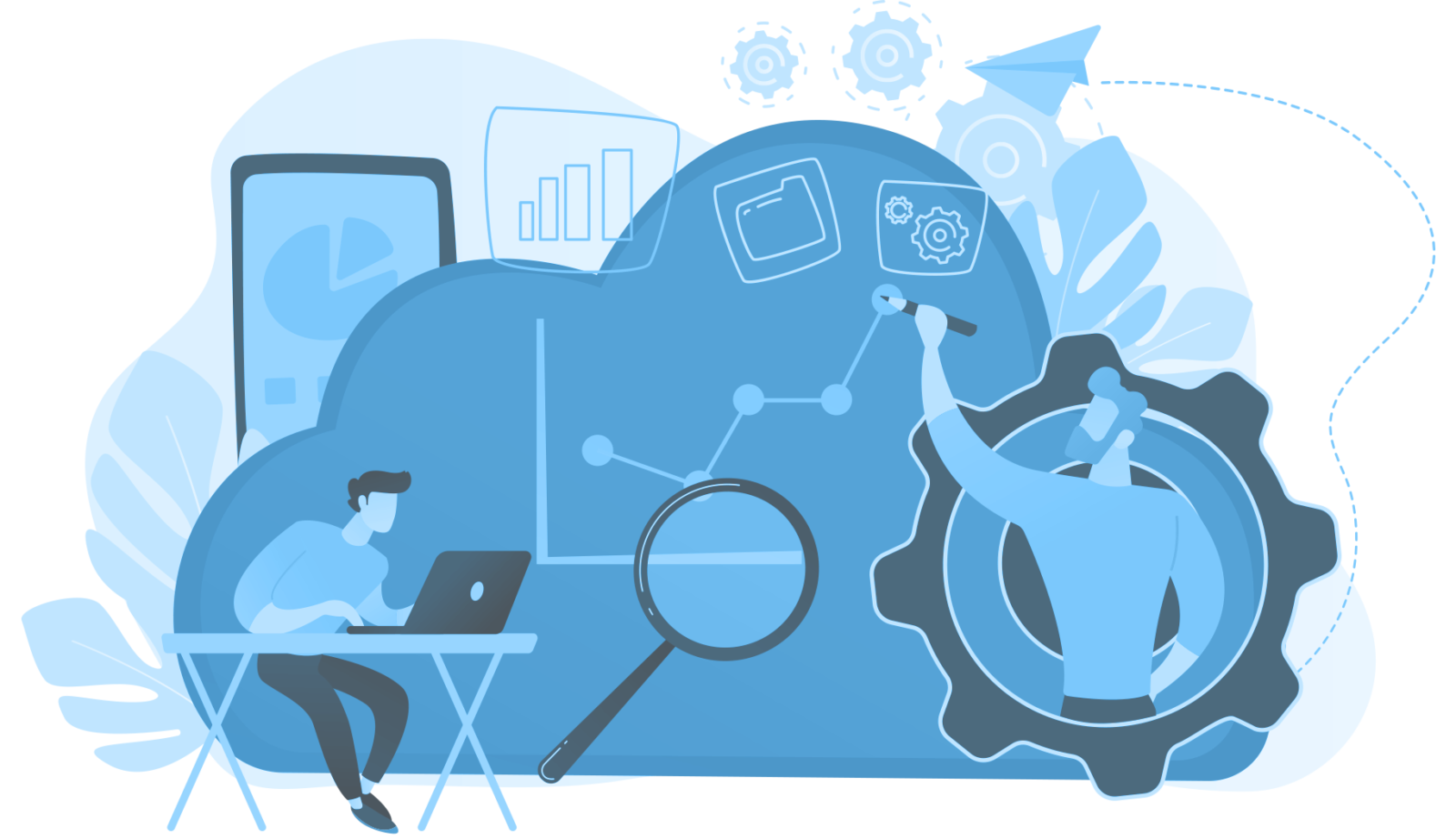
The framework conditions and specifications were set and so the BI department at Hermes Germany set about designing and implementing the BI infrastructure. The following key question was the focus:
What must a BI landscape look like that can answer every question about the company and its environment based on data and is therefore efficient and future-oriented for Hermes Germany?
The BI team formulated three central goals for the three pillars of BI platform, data warehouse and data science: On the one hand, the new BI world must connect, process and provide data almost in real time. On the other hand, the reporting of the BI landscape must be expanded to include business analytics in order to be able to carry out more complex analyses such as forecast models and machine learning in addition to standard evaluations. And it must provide the specialist departments with self-service BI and enable them to create their own analyses based on detailed data using a modern BI front end.

Data flows from heterogeneous sources into a data lake
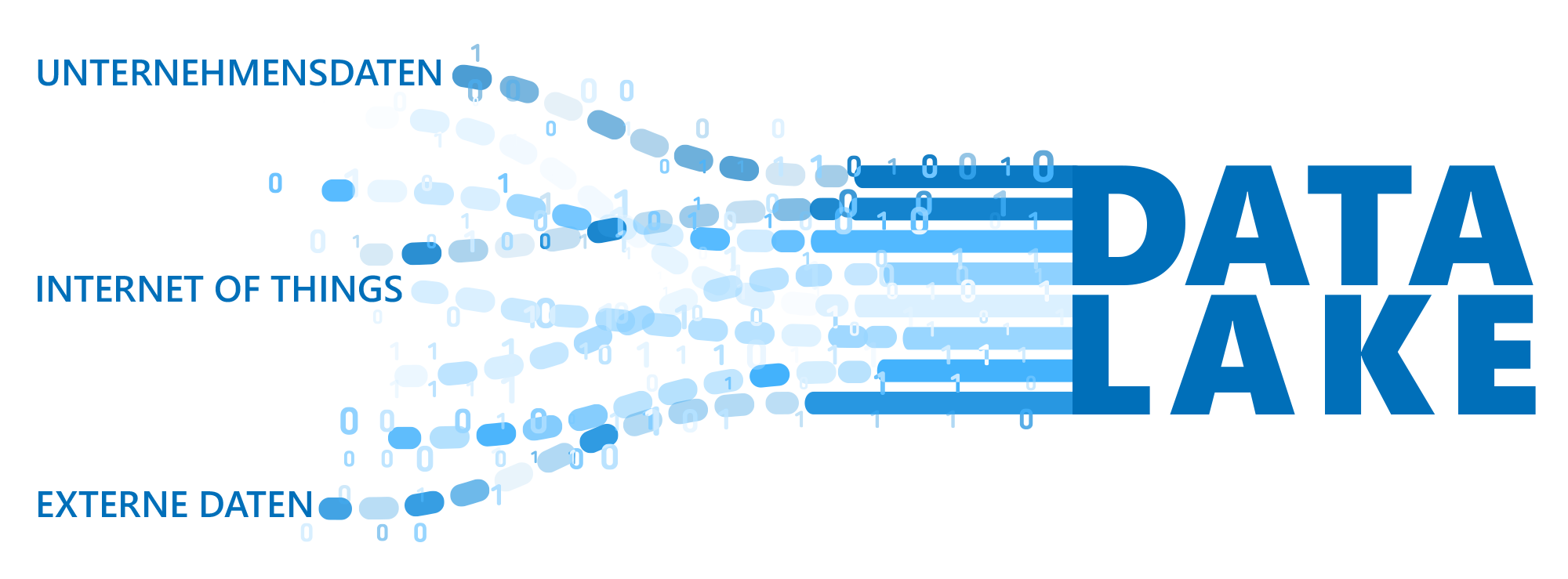
Hermes Germany brings together various types of information from heterogeneous data sources in a data lake: All internal, external, structured and unstructured data (Internet of things) is collected in real time and is available unchanged, historicized and immediately after generation “near real-time”, regardless of whether it is currently needed. One important insight: infrastructure, i.e. the BI platform and analytics, belong together. The operation of the platform by the BI department itself reduces dependencies on other departments and thus leads to greater speed and focus on requirements.
Architecture stringently implements technological goals
The entire BI architecture is documented transparently. It is comprehensible to the members of the BI department. Hermes Germany can therefore strictly adhere to them within the scope of the projects to be initiated. The architecture developed in this way realizes the technological goals from Hermes Germany’s mission statement:
- It creates a uniform and high-performance database, with all users using the same dimensions and key figures via a single point of truth.
- It views data warehouse and data science as complementary rather than separate.
- Ideally, it provides all data in near real time.
- A company-wide Business Object Model (BOM) serves as the functional view.
- It defines how missing master data will be handled in the future (Oracle APEX).
- It connects all scanners (IoT) and enables big data streaming.
- It provides the specialist departments with self-service BI using clearly laid out tables.
- It respects data protection and takes data security into account.
- It enables original data to be saved. So-called hot data is stored in the data warehouse for two years, cold data for eight years in Apache Hadoop.
- It is characterized by a changeable, modular and adaptable overall architecture.
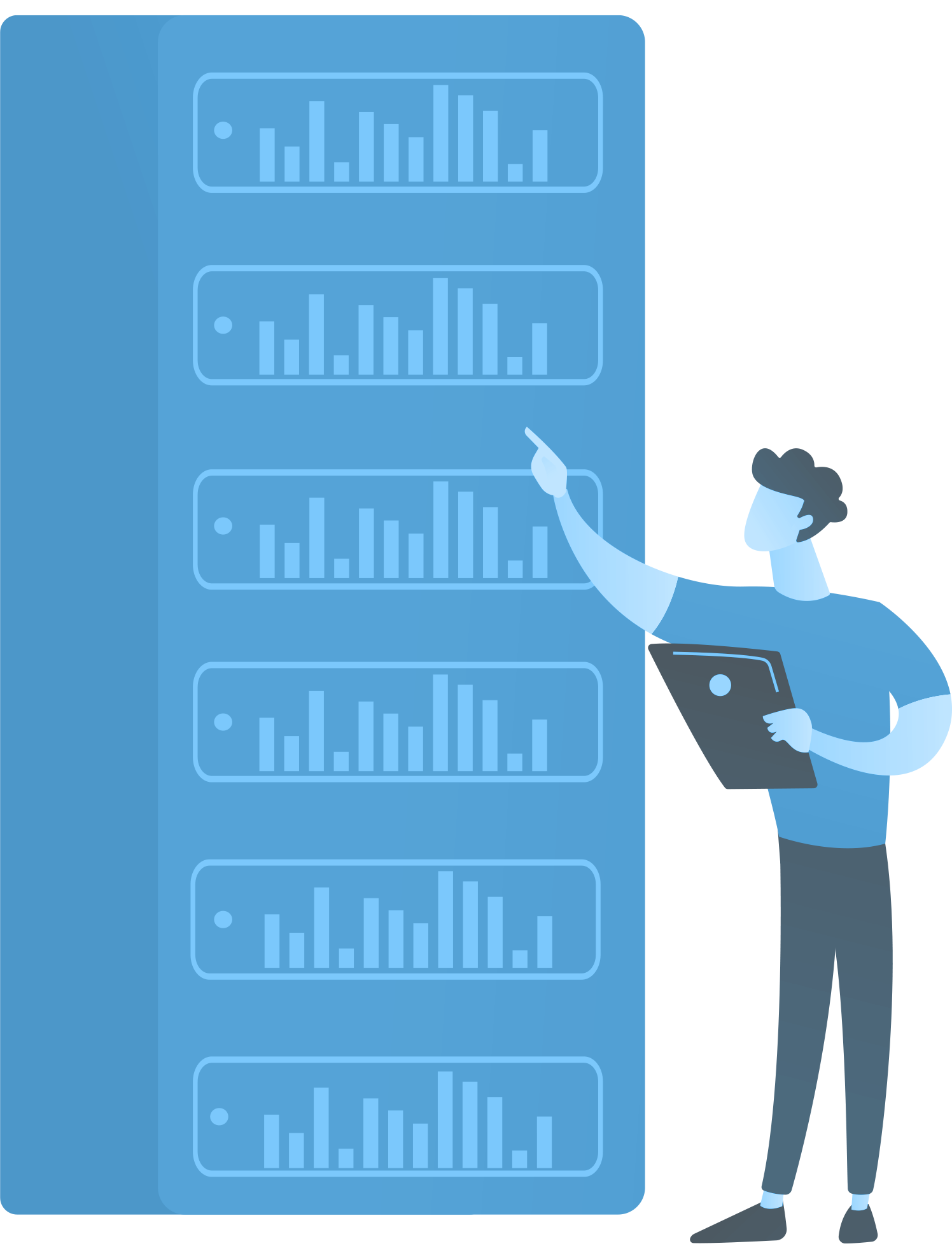
Data Lake: The hybrid analytical ecosystem at Hermes Germany
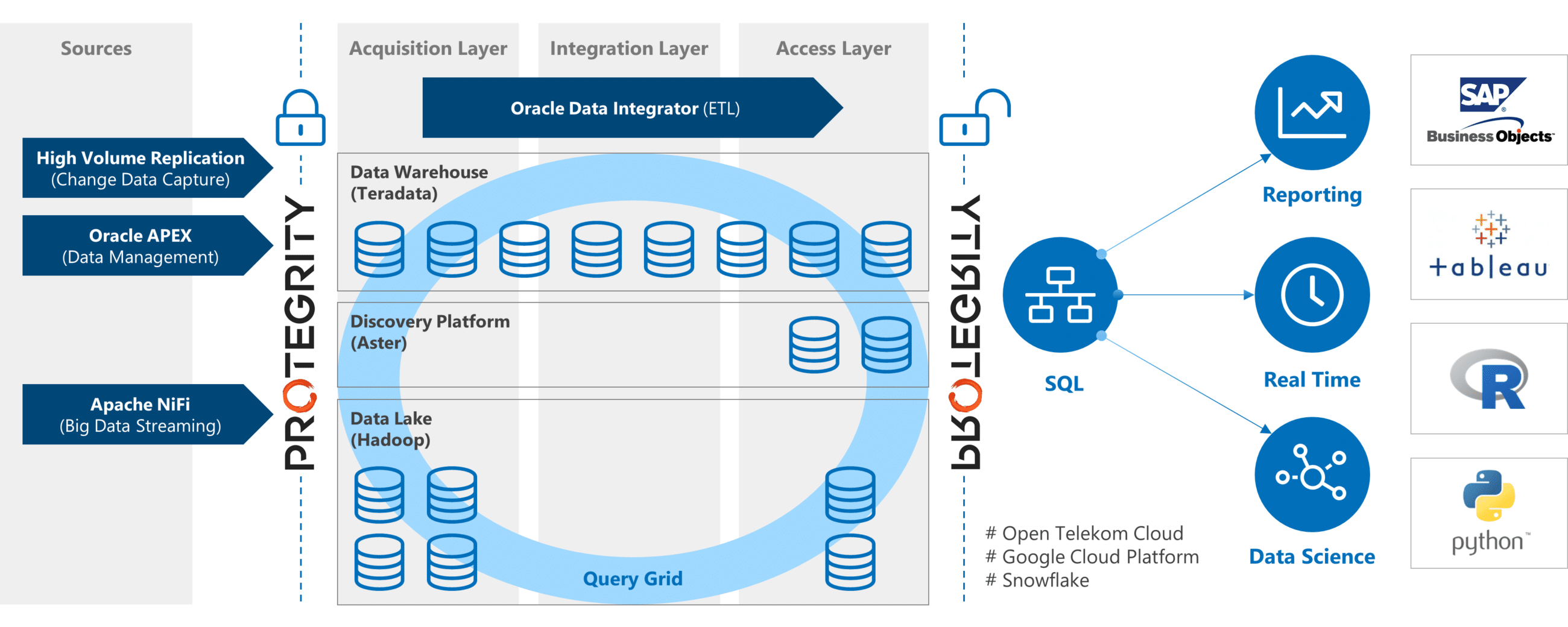
Implementing the strategic goal together with the PTA

Hermes Germany is launching three projects for implementation, which are based on the formulated objectives and – as far as dependencies allow – are running in parallel: In a first project, the project team is setting up a suitable infrastructure, in a second a new data warehouse that matches the new infrastructure and finally, in a third project, establishing the entire data science area.
The IT consultants from PTA Unternehmensberatung are significantly involved in all three projects. They work as part of mixed teams throughout the complex project and demonstrate their expertise in a wide range of tasks. The project results and successes are the result of the symbiosis of the competencies of the BI division of Hermes Germany and PTA.
“PTA has understood our technology needs and is taking a targeted approach to new technologies in order to subsequently empower the rest of the organization with jointly tested concepts. This makes the big changes predictable and less risky for us,” says a satisfied Lars Schröder, Head of BI & Support Solutions Hermes Germany.
Establish suitable infrastructure
In the first stage of the project, the team designed a system architecture for the BI platform. The BI specialists essentially took the following requirements into account: All source systems were connected in real time, the conversion from batch data integration to real-time data integration and historicized online access to original data in Apache Hadoop, a free, Java-based framework for scalable, distributed software.
The project team also set about setting up the central data lake according to the hot/cold principle and ensuring access to both current and older long-term data. As envisaged in the objective, the specialist departments now also have a modern BI front end that makes convenient BI self-services possible. The entire basic structure is equipped with the corresponding data protection measures in accordance with the GDPR with Protegrity.
Related project information in our IT project database:
- 5009: Architecture conception and implementation of a BI platform in the sense of a data lake
- 4865: Integration of a Hadoop system into the existing classic BI landscape
- 5113: Evaluation of Snowflake as an Enterprise Cloud Data Warehouse (DWH)
- 5143: Evaluation of the suitability of Exasol as an enterprise data warehouse
- 5119: Monitoring BI platform
- 5724: Expansion of the monitoring and alerting of a business intelligence platform
- 5389: BI platform as a service

New data warehouse & data integration become reality
At the same time, the BI department designed and developed a new, universal and integrated enterprise data warehouse based on the Business Object Model (BOM). The BOM represents an abstract view of Hermes Germany’s key business processes. While in traditional data warehouses the data from the source systems is made available in an aggregated form in several data marts, the newly designed data warehouse at Hermes Germany based on the BOM now offers the specialist departments the detailed data in a holistic view, i.e. no aggregates. This enables the specialist departments to generate reports independently in the sense of a self-service. The performance of the reports in operations is now highly appreciated by the specialist departments, which are now variably positioned and able to quickly create both ready-made evaluations and individual data tables via the self-services. In addition, the data warehouse provides (hourly) up-to-date company KPIs that can be called up at any time.
Related project information in our IT project database:
- 4864: Concept for implementing detailed data reporting in the data warehouse
- 5380: Reconstruction of a data warehouse according to the Business Object Model
- 5180: KPI Dashboard
- 5381: Monitoring of ETL / ELT processes in the business intelligence environment
- 5772: Development of ELT processes for setting up a data warehouse (DWH) according to the business object model
Sophisticated analyses with data science
The team also pursued another project with the development of data science. Its aim is to offer the specialist departments more complex analyses in the sense of business analytics in addition to the standard evaluations and reports in day-to-day business.
This includes the application of data science methods from the fields of statistics, machine learning and artificial intelligence. Data science is now an established service in the BI sector.
Related project information in our IT project database:
- 5388: Data integration for the purpose of digitalizing the value chain / supply chain
- 5133: Development of a streaming application for real-time reporting of event data
- 5379: Pricing on the basis of a digital supply chain
- 4960: Reporting for fraud detection with Tableau
- 5746: Generation of mass data for the simulation of a logistics network
- 5774: Development of an AI-based system for predicting the transit times of parcel deliveries
Achievements
The following successes were achieved as part of the extensive BI projects that Hermes Germany is implementing together with the IT experts from PTA:
- Conversion from batch to real-time data integration
- From ready-made reports to self-service (Tableau successfully introduced alongside Business Objects)
- First components successfully migrated from on-premise to the cloud
- Original data historicized in Hadoop and still accessible online
- Introduction to data protection (GDPR) with Protegrity
- DWH cut-through / MVP according to the Business Object Model. (Hourly) current company KPIs can be called up at any time
- Data science is an established service of the BI division
The success factors
Such an extensive change project as at Hermes Germany can only succeed if the specialist departments, management and employees pursue a jointly developed and coordinated mission statement. This describes the self-image and basic principles of the BI department. Internally, this mission statement provides orientation and thus guides and motivates the organization as a whole and its members. Externally, it makes it clear what the BI department will stand for in the future as part of the corporate strategy.
All employees working in this area, both internal and external, follow this mission statement. It contains technological goals, defines degrees of freedom and responsibility as well as the self-image of a value-oriented service concept, conveys quality awareness, quality assurance and clarity about the necessary data protection. Multifunctional teams have proven their worth as a work organization. In this way, Hermes Germany ensures a value and requirement-oriented end-to-end delivery capability for the data and all processes related to analysis and reporting.

The next project steps are already planned
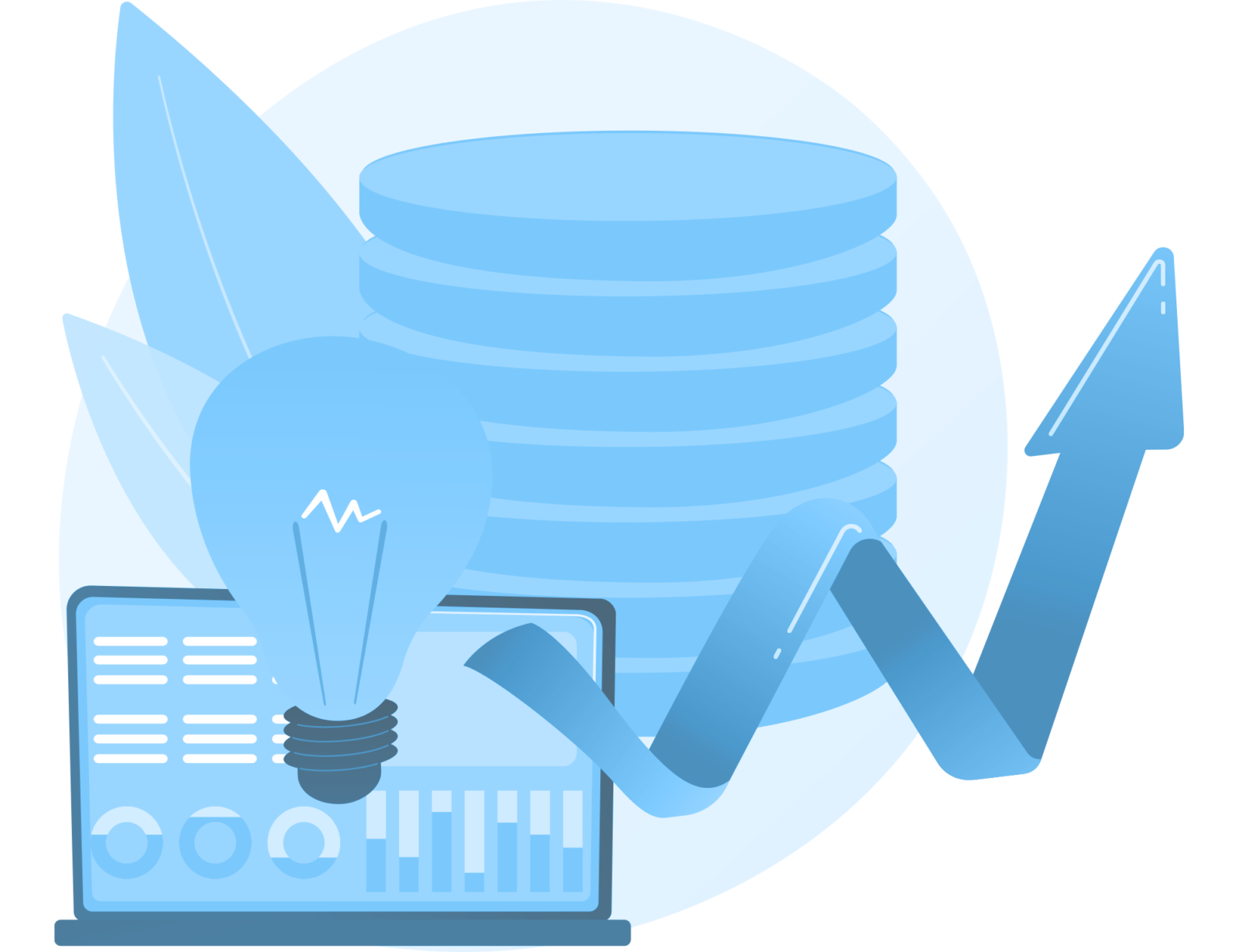
However, Hermes Germany’s transformation into a data-driven company is by no means complete with these three BI projects. The company plans to systematically expand its BI platform. This includes the migration of all components from the Open Telekom Cloud to the Google Cloud.
The project managers are also planning to migrate the data warehouse to the Google Cloud. The on-premise operation is to be gradually replaced and the first components have already been successfully transferred to the cloud. Hermes Germany is also planning to expand the business object model and implement it in the data warehouse.
And in order to further reduce the complex IT infrastructure at Hermes Germany and minimize the associated administrative effort and costs, the company will automate the operation of the platform together with the PTA experts.
Contact
PTA GmbH Head Office
Weberstraße 2-4
D-68165 Mannheim
© Copyright 2024 PTA GmbH | All rights reserved | Imprint | Privacy | Legal notice | Values & Code of Conduct

